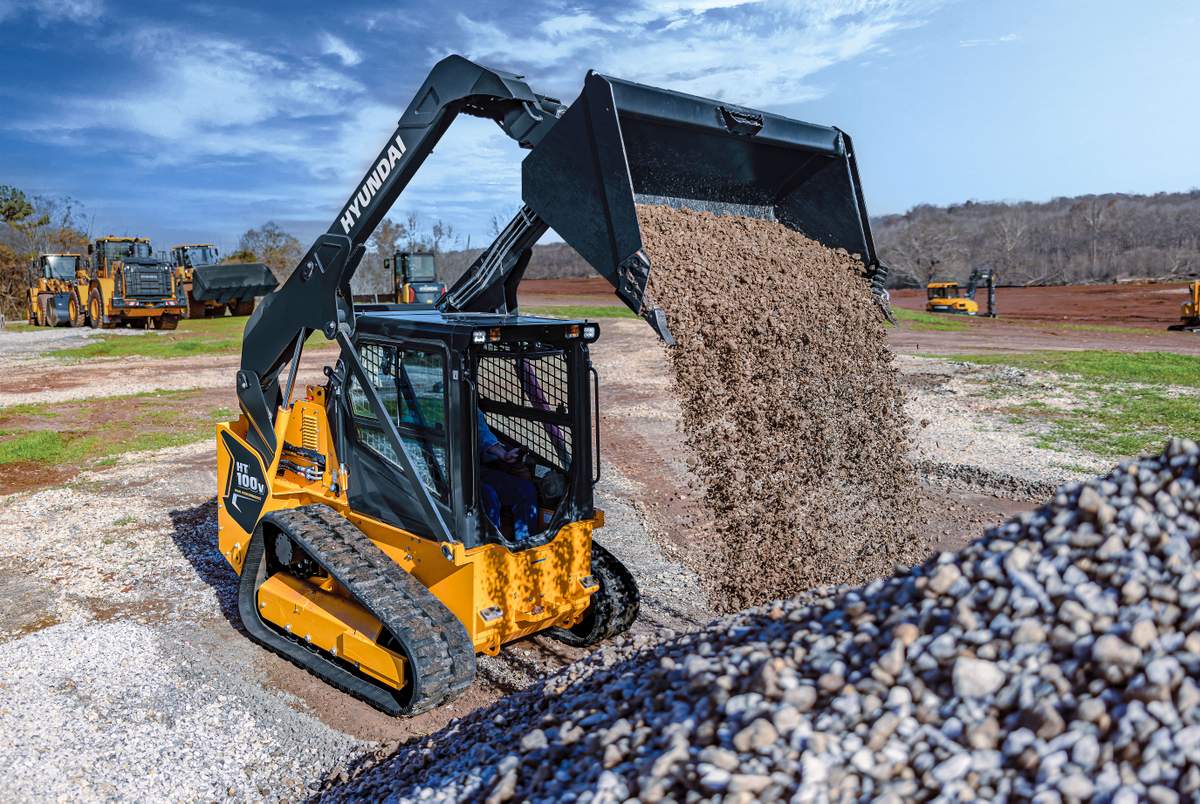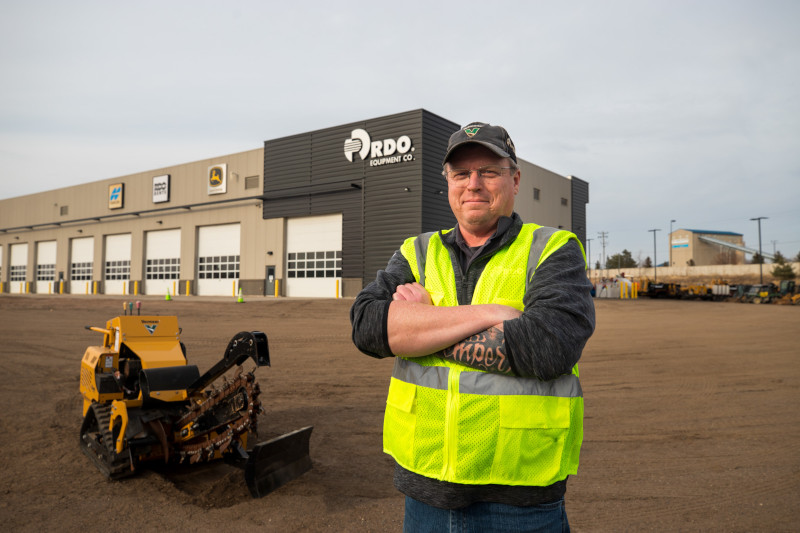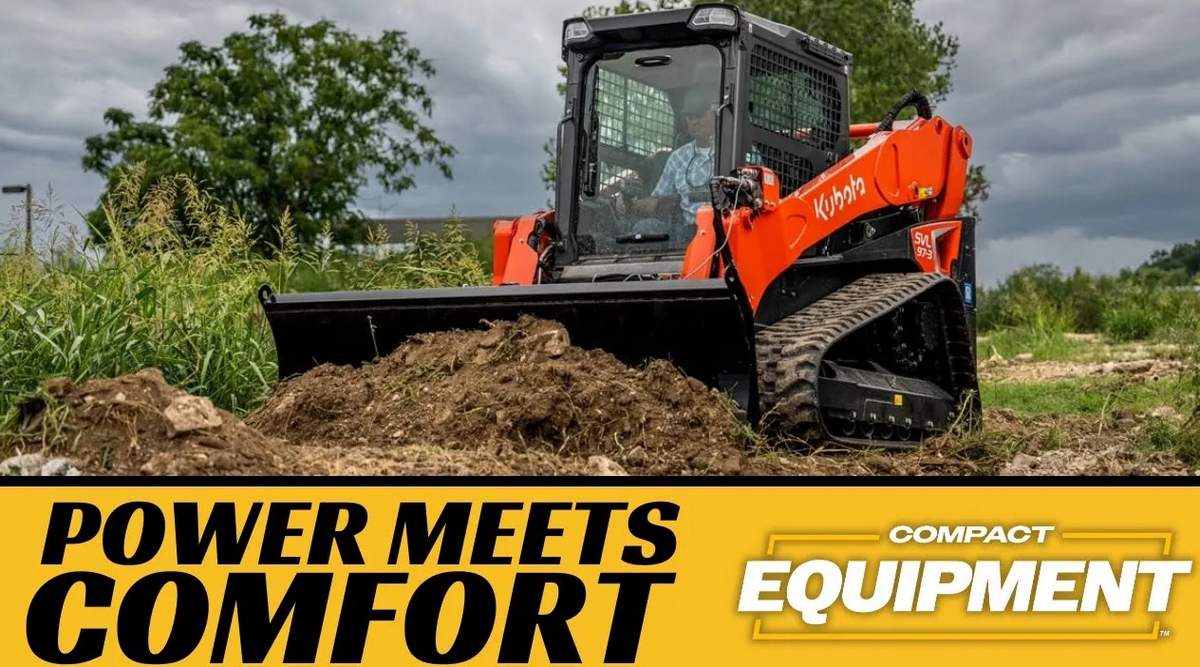Over-the-Tire Tracks Vs. a Dedicated Track Undercarriage
Spec’ing a compact loader for maximum productivity means matching the machine’s capabilities to the jobsite conditions. Because skid steer and compact track loaders use the same attachments (buckets, dozer blades, mulchers, augers, trenchers, levelers, box rakes, snow blowers and onward) and perform in the same applications (construction, landscaping, rental, forestry and agricultural), the type of surface you will be working on will significantly impact the productivity and cycle times of the loader. In certain conditions, a loader equipped with tracks can be more effective.
But with both dedicated tracked machines and over-the-tire (OTT) track options for wheeled units available, which option is best? “There are applications where a compact track loader [CTL] makes the most sense and where OTT tracks make more sense,” says Jamie Wright, product manager for Terex Construction Americas. “They share a market, as well as each have their own niche. It is not a matter of one versus the other.”

Over-the-Tire Track Options
Because a skid steer loader can be the workhorse of any equipment fleet, equipping these machines to excel in every ground condition is key to enhanced performance and productivity. With an OTT system, which can be put on and taken off your skid steer loader in about an hour, you have the option to choose between tracks or tires at the time you put the machine to work. According to Wright, OTT tracks are ideal if you only need tracks for a specific application.
“Over-the-tire track attachments give you the increased traction and flotation needed to maneuver in different soil and working conditions,” says Wright. “Add that to your skid steer’s ability to travel quickly and to complete tight spin turns in space-restricted areas, OTT tracks offer you the flexibility to take on jobs that you normally wouldn’t with your current skid steer, like pushing snow.”
OTT track manufacturers offer different add-on options to accommodate a variety of applications, including less aggressive tracks for working on turf, as well as more aggressive tracks for pushing dirt. Wright notes that the greatest advantage of OTT tracks is their cost. “OTT tracks are inexpensive, durable and give added versatility to an already versatile machine,” he says.
Dedicated Track Loaders
Compact track loaders are engineered and built specifically to work in adverse types of ground conditions, such as uneven terrain, slopes and muddy or snowy surfaces. “These loaders are designed to distribute their weight evenly over the length and width of the tracks, allowing them to float over the terrain,” says Wright. “The CTL’s design also offers enhanced stability and pushing power for digging and backing out of trenches, hauling and dumping heavy loads, as well as for working on inclines and side hills.”

For increased productivity, Wright says that Terex also offers three different track options for its CTLs: general purpose tracks provide excellent traction in most conditions; the smooth turf track provides ultimate care and protection on sensitive surfaces like turf or finished landscaping; and the extreme terrain tracks, with aggressive track treads and 10 percent more width, give additional gripping action for use in dirt, snow, mud or other extreme conditions.
The greatest advantage of dedicated track loaders, says Wright, is the machine’s ability to provide added productivity and versatility year-round, which means more for the money. “Because costs can be minimized with proper operation and machine maintenance, a typical CTL pays for itself in approximately 18 months,” finishes Wright.
Amber Reed is a technical writer with Performance Marketing, based in West Des Moines, Iowa.




